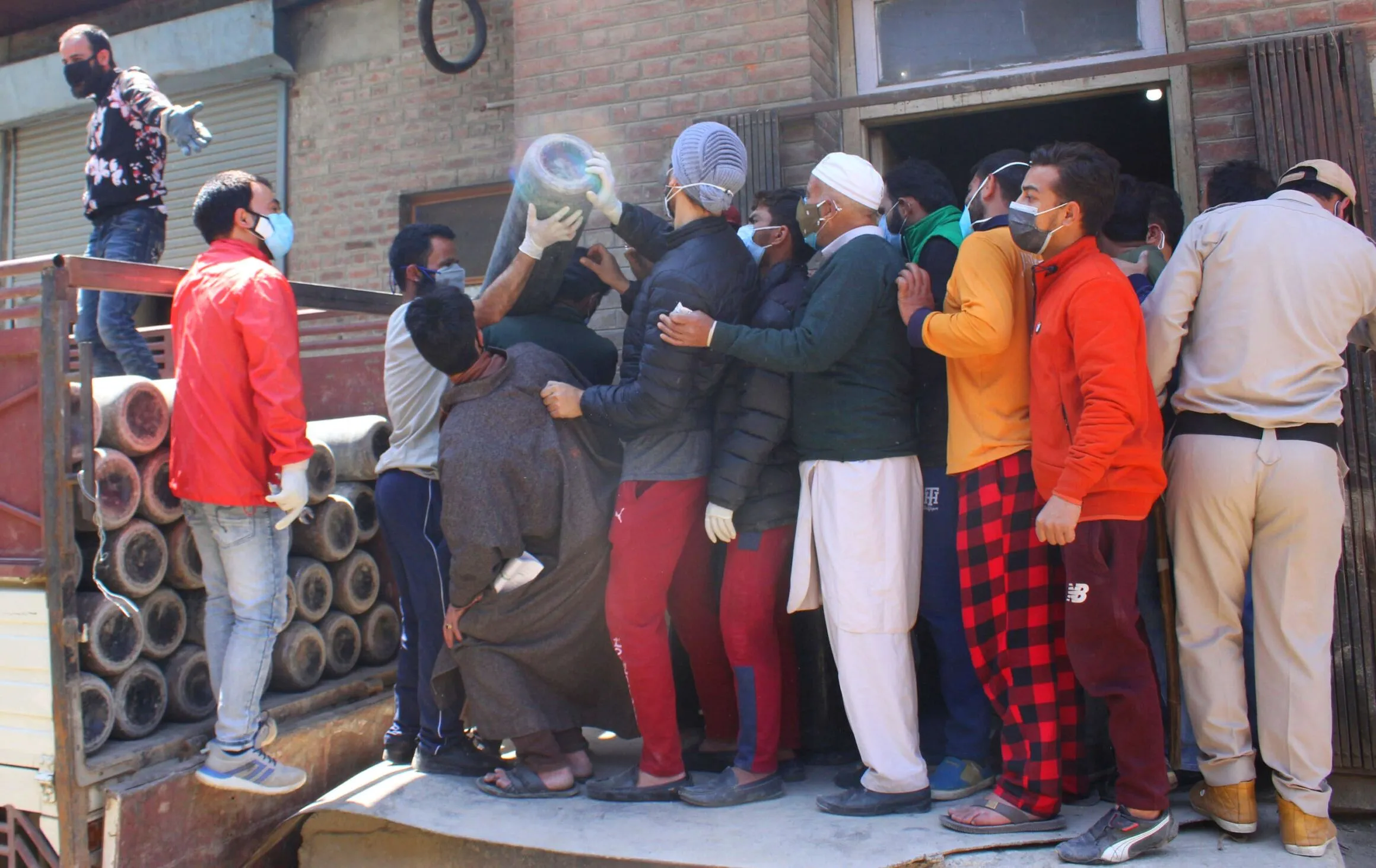Srinagar: Health experts on Tuesday said that there is very little demand for oxygen concentrators during the prevailing Omicron-led Wave of COVID19, as the variant affects the upper respiratory tract.
Doctors told Greater Kashmir that as Jammu and Kashmir battles the Third Wave of the COVID-19 pandemic, the surge of new infections has resulted in an alarming increase in the number of active cases.
However, there is very little demand for oxygen concentrators in primary and tertiary care healthcare institutions. They said earlier the resultant stress on our public health infrastructure had led to a big spike in demand for oxygen concentrators, which was not the case during the Omicron wave.
“Omicron affects upper respiratory tract primarily while Delta affects lower respiratory tract causing Pneumonia which necessitated oxygen supplementation,” senior professor and Head, Department of Social and Preventive Medicine, Government Medical College, Srinagar, told Greater Kashmir.
“We are witnessing a surge in positive cases but not the cases who need oxygen support or long-time hospitalisation,” he said.
Head, Department of Anesthesia, Government Medical College, Srinagar, Dr Ruksana Najeeb, said “This time we see this COVID positive cases with mild symptoms. Besides, vaccination is helping to a larger extent in lowering the impact.”
According to the experts, using oxygen concentrators, without medical guidance, can be very harmful. Given their usefulness during the second Wave of the Covid-19 pandemic. “Many people have procured portable oxygen concentrators and they shouldn’t be used without the proper medical guidance,” the doctors said.
Assistant Director, Department of Health Services, Kashmir, Dr SM Qadri, said that the new findings suggest that SARSCoV2 Omicron variant replicates to higher initial levels than earlier variants in bronchial tissue but not in the lungs.
“The Omicron variant multiplies 70 times faster than the Delta Variant and original SARS-CoV-2 in the human bronchus, which may explain why Omicron may transmit faster between humans than previous variants,” he said.
Experts said that the Omicron is causing symptoms that are much more like a regular cold, particularly in people who’ve been vaccinated, and fewer general systemic symptoms, such as nausea, muscle pains, diarrhoea and skin rashes.
“During present COVID third wave demand of oxygen concentrators and cylinders is very less as compared to the previous first and second wave,” Dr Masood Rashid, consultant, Anesthetist, Directorate of Health Services, Kashmir, told Greater Kashmir.
“This is because the lower respiratory tract which includes lung tissues is involved in a small number of cases. Present virus variant is involving the upper respiratory system more often,” he said, adding that bilateral pneumonia-causing hypoxia was very commonly seen during previous waves.
“This doesn’t mean we should lower our guard during the present wave. COVID Appropriate Behavior including masks, social distancing, hand washing, smart lockdown is always beneficial during the pandemic.”
The experts urged that the public should avoid going to gatherings and maintain physical distance, especially near COVID testing facilities and COVID clinics.
Meanwhile, Director, Health Services, Kashmir, Dr Mushtaq Ahmad Rather, told Greater Kashmir that mass vaccination has helped the department to contain the disease largely. “Mass vaccination has helped the entire healthcare sector to restrict the disease and also its impact has grown lesser,” he said.






